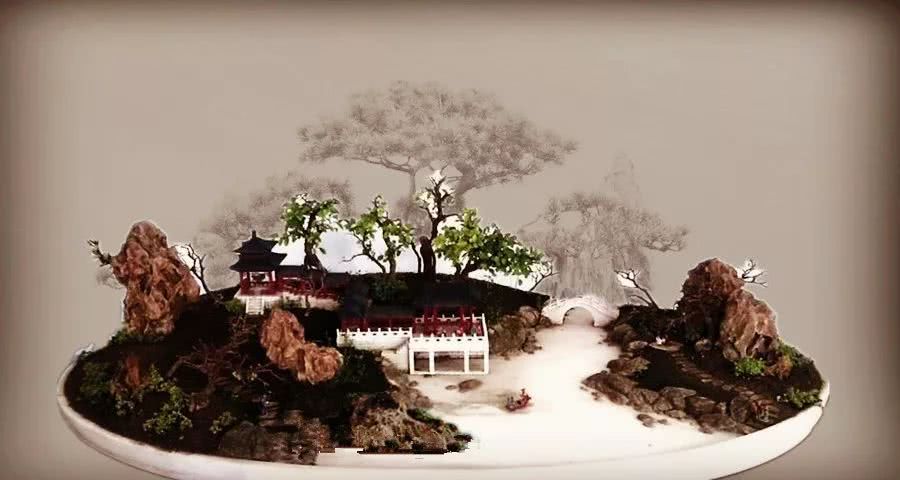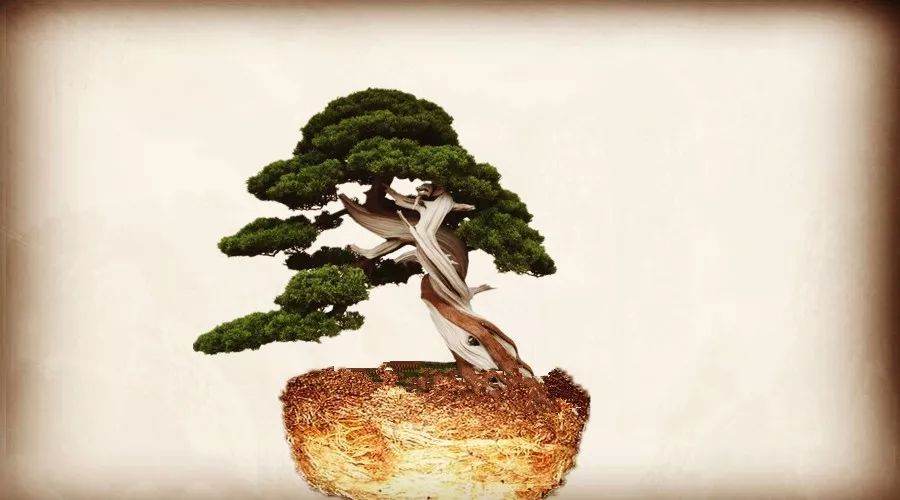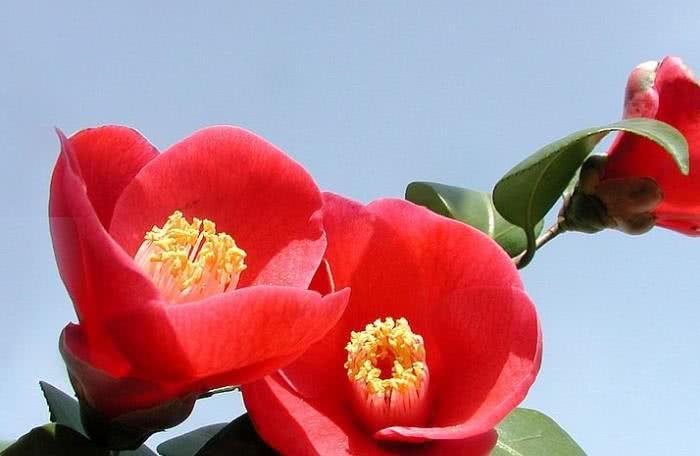The construction of bonsai garden in China needs to define the rational layout of functions.

According to the artistic characteristics of Chinese bonsai, this paper discusses that bonsai garden is a special garden for tourists or garden owners (private bonsai garden) to enjoy bonsai through the artistic technique of gardening to create a bonsai environment suitable for conservation and management. When building a bonsai garden, it is necessary to define its function, make rational layout and build it meticulously, so as to build the Chinese bonsai garden into a bonsai garden with distinctive national characteristics, quaint artistic style and famous gardens complement each other.
Bonsai, which originated in China, is a work of art with trees, mountains and rocks as materials, which is concentrated and typically reproduced the divine appearance of nature in the basin after artistic treatment and careful training. Bonsai is known as silent poetry, three-dimensional painting, 'saying she is a poem, but implying in the hilly forest spring', saying that she is a painting, but it is full of vitality and variety at 04:00. This kind of work of art originating from nature, higher than nature, tree stone, bonsai, several trinity works of art, carefully carved by generations of bonsai artists, has become a treasure in the treasure house of Chinese art, and is famous all over the world for its distinctive national characteristics, quaint and artistic style.
For research, creation, collection and exhibition of Chinese bonsai # garden departments across the country, entrepreneurs obsessed with bonsai have built state-owned or private bonsai gardens. Such as Suzhou Humble Administrator's Garden (1954), Guangzhou Liuhua Xiyuan (1956), Hangzhou Flower Garden (1958) Wenzhou Bonsai Garden (1958), Yangzhou Red Garden (1958), Taizhou Bonsai Garden (1958), Chengdu du Fu Caotang Bonsai Garden 1982), Shanghai Botanical Garden (1978), Suzhou Huqiu Wanjing Mountain Villa (1982), Chengdu baihuatan Park Bonsai Garden 1983), Yangzhou Bonsai Garden (1984), Xuzhou fruit tree bonsai garden (1988), Kunming Guan park bonsai garden (1989), Tianjin bonsai garden (1991), Beijing botanical garden bonsai garden (1995), Shenzhen bonsai world (1997), Kunming Expo garden bonsai garden (1999), Jiangyin Chinese township bonsai museum (1999), Jingjiang bonsai garden (2000), Nantong bonsai garden (2000), Wuhou Temple bonsai garden (2001), Jiangdu Longchuan Basin Art Garden 2003), and private bonsai gardens Yangzhou Wujing Garden 1982, Hangzhou Yiran Garden (1993), Zhanjiang Tianwai Bonsai World (1994), Chengdu Shengdong Garden Bonsai Garden (1996), Taizhou Liangyuan (2000), Guangzhou Fang Village Art Garden (2000), Huangshan Baojia Garden (2001), Haikou Liu Chuangang Bonsai Art Center (2001), Guangdong Shunde Flower World Art Garden (2001), Changzhou Shengshida Bonsai Garden (2001), Quanzhou Huancui Garden (2003) and so on.
Taking a comprehensive view of the above-mentioned established or private bonsai gardens, although they have their own advantages in function, layout and construction, they are not perfect. Especially, driven by bonsai fever, bonsai gardens of different sizes are being built all over the country. On the basis of summarizing the experiences and lessons of bonsai gardens already built, the functions of bonsai gardens should be clearly defined, rational layout and meticulous construction, so as to build Chinese bonsai gardens into special gardens with distinctive national characteristics.
Deep reading
- Prev

Tree stump bonsai turning basin to change soil
After the growth of the stump bonsai for a period of time, the root system is covered with potted soil, crisscross, so that the ability to absorb fertilizer and water is weakened. at the same time, the nutrient elements in the potted soil are less and less, which is disadvantageous to the growth of the stump, so it is necessary to turn the pot and change the soil. The basin is usually turned over.
- Next

Do you know the planting method and cutting method of camellia?
How is the cutting of camellia carried out? When cutting, we should follow the principle of cutting along with picking, and insert the 1x3 of about 3cm cuttings into the wet substrate. I don't feel lonely without anything, because love and the world are all in mine.
Related
- Wuhan Hospital Iron Tree Blooming Result Was Instantly Frightened by the Gardener Master
- Which variety of camellia is the most fragrant and best? Which one do you like best?
- What is the small blue coat, the breeding methods and matters needing attention of the succulent plant
- Dormancy time and maintenance management of succulent plants during dormancy
- Minas succulent how to raise, Minas succulent plant pictures
- What are the varieties of winter succulent plants
- How to raise succulent plants in twelve rolls? let's take a look at some experience of breeding twelve rolls.
- Attention should be paid to water control for succulent plants during dormant period (winter and summer)
- Watering experience of twelve rolls of succulent plants
- Techniques for fertilizing succulent plants. An article will let you know how to fertilize succulent plants.

